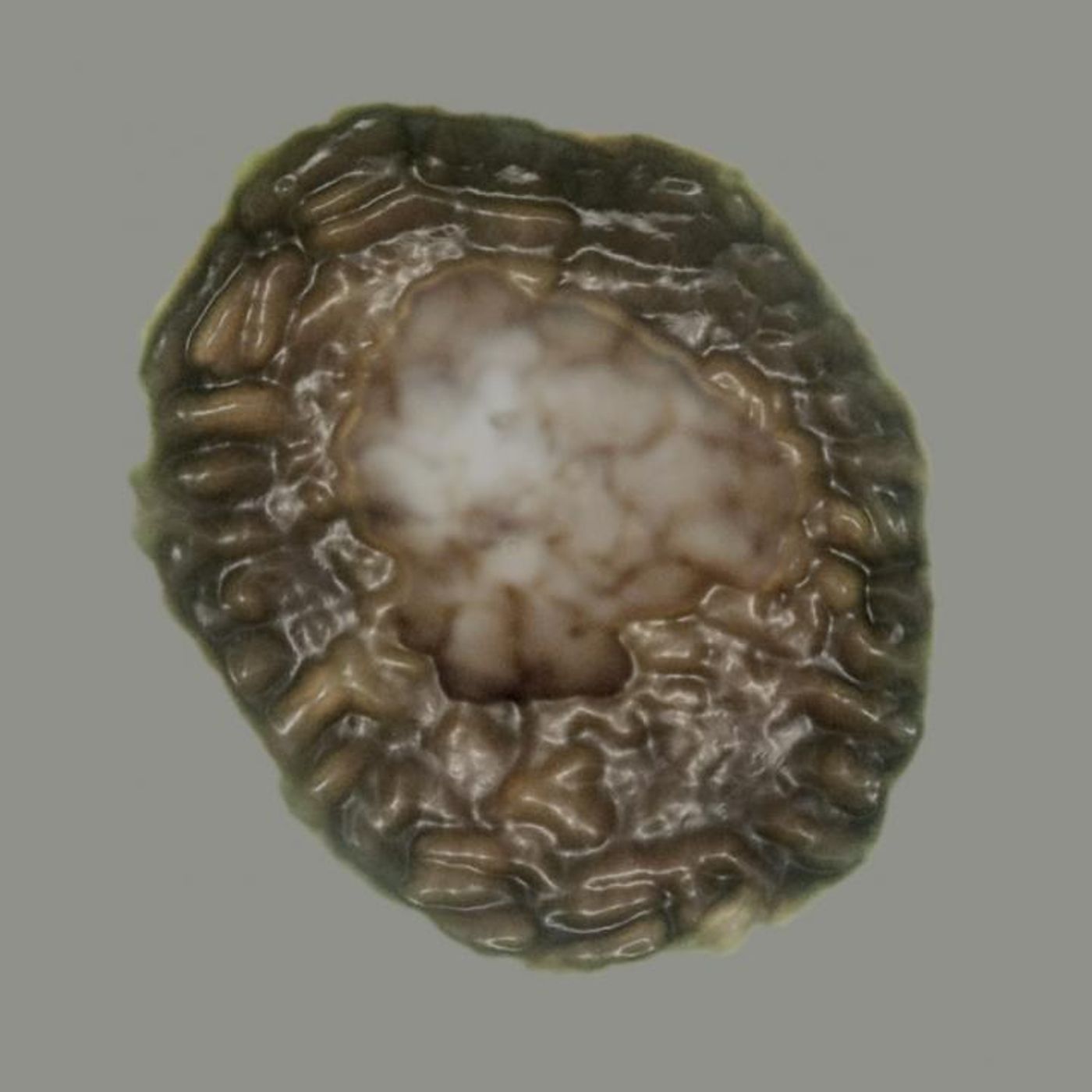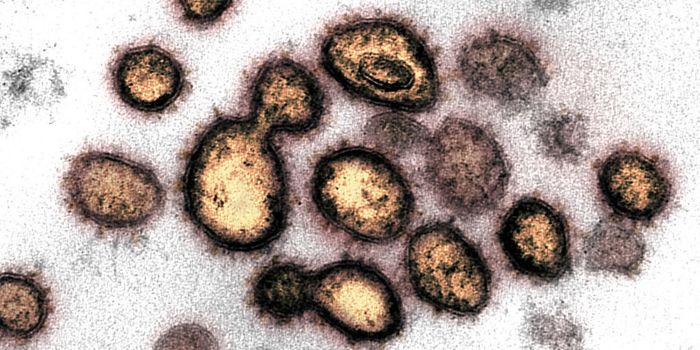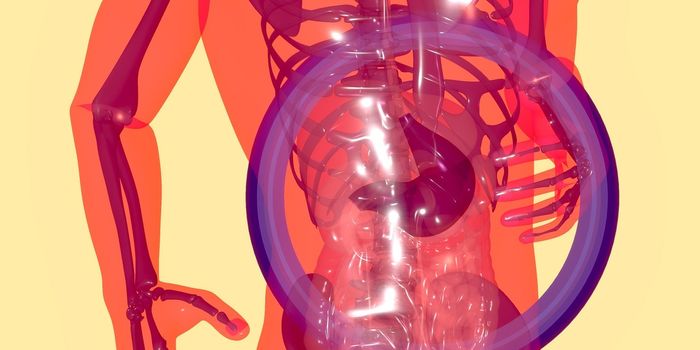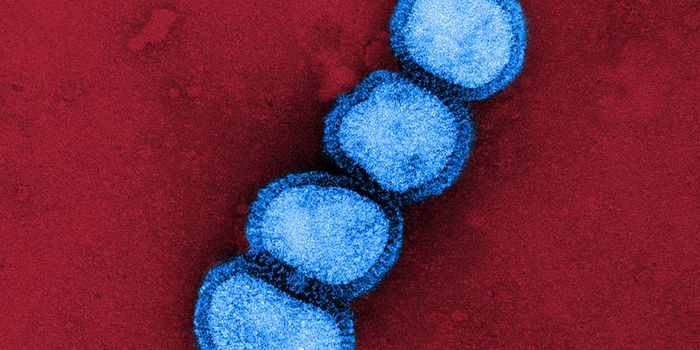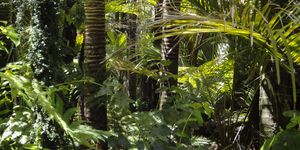Is This the Missing Link?
In the Scottish Highlands, scientists have found a well-preserved fossil of an organism that they estimate existed a billion years ago. It could represent a "missing link" in animal evolution, according to the study authors. The research, which suggests that multicellularity may have existed about 400 million years earlier than the first animals' traits emerged, have been reported in Current Biology.
"Our findings show that the genetic underpinnings of cell-to-cell cohesion and segregation - the ability for different cells to sort themselves into separate regions within a multicellular mass - existed in unicellular organisms a billion years ago, some 400 million years before such capabilities were incorporated into the first animals," said study co-author Paul K. Strother, a research professor in the Department of Earth and Environmental Sciences at Boston College.
This work, which focused on a microfossil identified at Loch Torridon on the west coast of Scotland, is made up of two different types of cells. The fossilized organism, which has been called Bicellum brasieri, might be the earliest known example of complex multicellularity, and it's given us more information about how single-celled organisms transitioned to those that are complex and made up of more than one kind of cell. The fossil has similarities to both uni- and multi-cellular organisms including metazoans, which are multicellular animals thought to have evolved from unicellular ones, and probably emerged a million years ago or more.
The fossil was found in an inland lake, which may align with hypotheses that suggest that life emerged in places where water came and went. Water can be destructive to proteins, so for life to get a foothold, it may have needed alternating periods of wet and dryness.
Metazoans are among five types of organisms that grow out of one cell but are made of many kinds of cells. It's been thought that animals come from single-celled organisms that went through multicellular stages, noted Strother. Land plants are also thought to have evolved from unicellular algal ancestors about 500 to 400 million years ago.
"We describe here a new fossil that is similar to living unicellular relatives of animals, belonging to the group Ichthyosporea," said Strother. "Our fossil shows life-cycle stages with two different kinds of cells, which could be the first step toward the evolution of complex multicellularity in the evolutionary lineage leading to the Metazoa."
This work may change how researchers think of earth's earliest life forms, said Strother.
"Our study of life in billion-year-old lakes is challenged by our ability to determine which kinds of organisms are represented in these deposits," he said. "Previously we have assumed that most of what we see in these deposits are various kinds of extinct algae, but the morphological features of Bicellum really are more like those of modern-day unicellular relatives of animals. This is causing us to broaden our approach to reconstructing the diversity and ecology of life on Earth one billion years ago."
Sources: AAAS/Eurekalert! via Boston College, Current Biology
